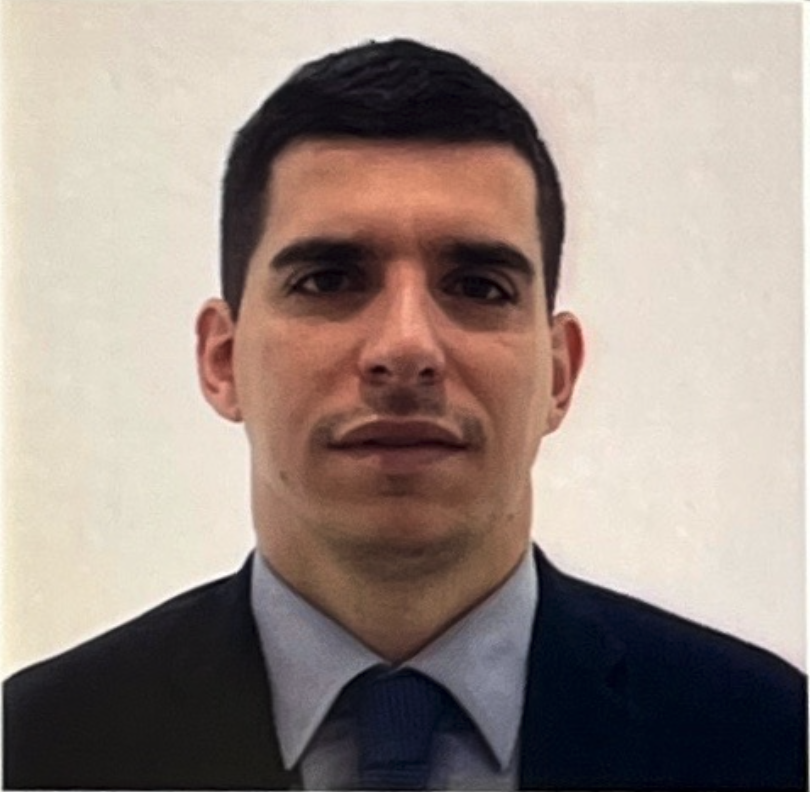Description
INTRODUCTION
Arthrogenic muscle inhibition (AMI) is a common sequela after knee injury or surgery. The aim of this study is to evaluate the effects of a Motion Activated Stimulation (MAS) device in patients with AMI after ACLR. The device involves automatic activation of hypoactive muscle groups during movement to help patients reestablish physiological muscle activation through a "feed-forward" mechanism with a sensor-controlled MAS technology. This new motion technology recognizes motor activities and automatically sets the right stimulation intensity.
MATERIAL AND METHODS
The first phase consisted of the evaluation by ShowmotionTM of a healthy population of 42 subjects (84 knees) to have normality parameters related to normal motion. The following movements were evaluated: the range of motion (ROM) of the knee in a standing position, the ROM of the knee when sitting, the passive ROM from supine, and the rotation of the tibia when supine. Once the parameters related to normality were obtained, an exercise protocol aimed at the full recovery of ROM, especially extension, was created using the motion-activated stimulation device. The protocol included concentric, eccentric, and functional movement exercises that the patient performed at home through the use of a Tablet. The exercises in the protocol are shown below.
RESULTS
The graphs show the averages of the motion analysis obtained at 6 weeks. Cond: patients treated with the MAS device; CTRL: control group.
CONCLUSION
The use of a MAS system in patients with AMI showed good preliminary results in knee joint recovery at six weeks. AMI represents a complication that should be addressed to avoid extension deficit.




